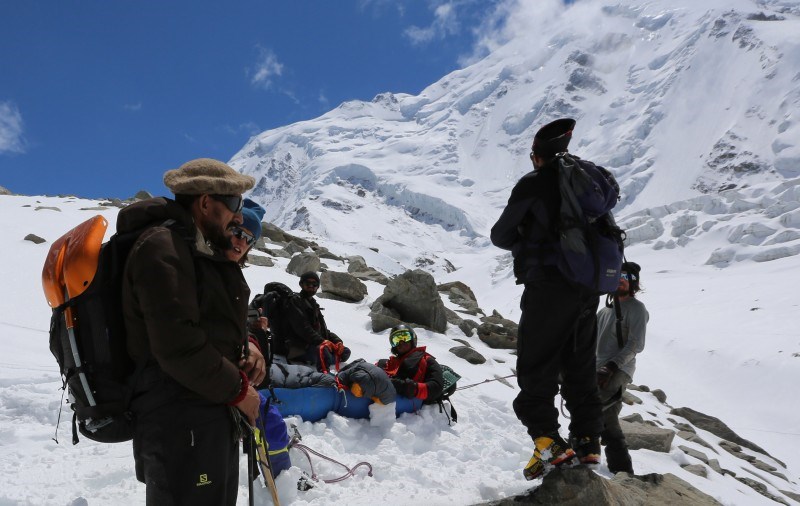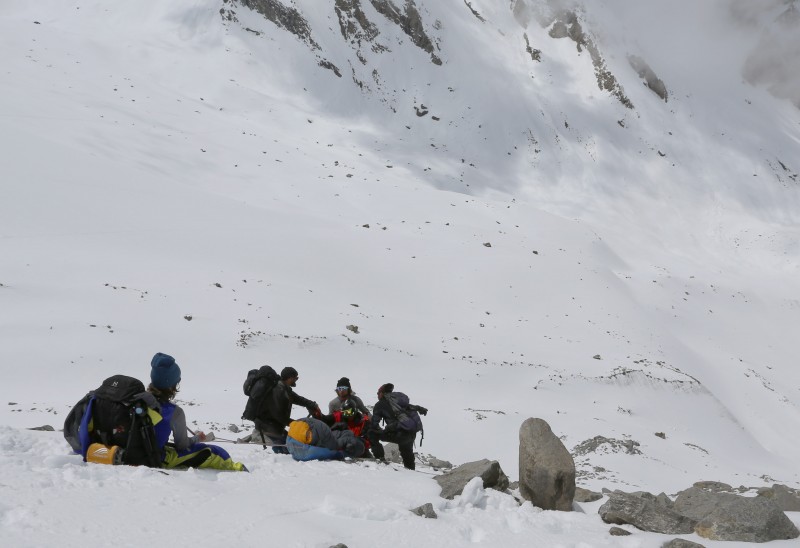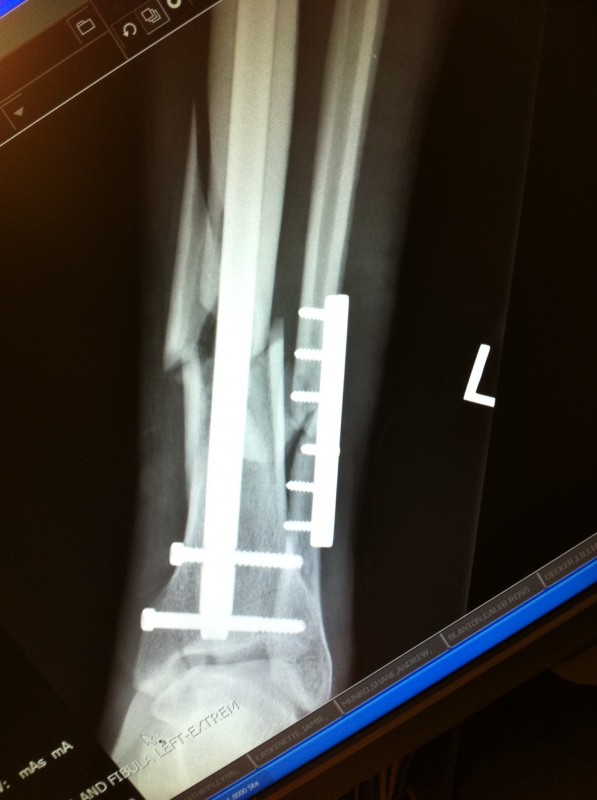
An accident while you’re skiing or snowboarding is a life-changing event; even if you only suffer a small injury, it can take months to get back to where you were physically - and getting your confidence back can take even longer.
Greg Hill has a lifetime of skiing experience. He won the Whistler Randonnee Race three years in a row, has summited and skied over 190 mountains and was named one of National Geographic Adventure Magazine’s 14 amazing adventurers in 2006. He was caught in an avalanche in Pakistan in May 2014 - an accident which happened to him after 20 years of trouble-free skiing. This is what happened to him - and the advice he’d give to any other skiers who are trying to rebuild their confidence after an accident.
“I’ve been a skier for a long, long time. I was lucky to begin skiing at the ripe age of 2, and for years, my parents would take me out of school for powder days - naughty, I know. Since then, whenever I ski I feel like I am skipping school.
“I have always been a confident skier; it is what has enabled me to ski hundreds of first descents. Since my accident, my confidence in my skiing skills is a little shaky, as well as my mountain sense - but I’m sure I’ll get it back. It can be a long process to regain confidence, though it will always be a little shaken since my Pakistan avalanche.
“Here’s what happened. After 20 years in the mountains I finally made a crucial mistake - I broke enough of my personal rules, so there were none left to protect me. It was May 15, 2014, deep in the Himalayas in Pakistan.

“Prior to going on the trip, I had a weird feeling. We were the first group to visit the area after 10 mountaineers had been murdered in 2013 - obviously this weighed on my mind and I felt some mixed emotions. I felt that this would be overcome and I would be fine once I was up in the higher mountains.
“We climbed a 2100ft mountain that had never been tackled and had some great turns off the summit. Heading up that day, I noticed there were no red flags, which serve as an avalanche warning. The mountain appeared dormant. Since it was a filming event, I decided to ski a line that would look great on screen, which is not a way to decide what to ski!
“Since it was our first time on that mountain I was a little tired, and I wasn’t as careful as I should have been. When I finally dropped in to the slope, instead of doing a ski cut and stopping at the top of the slope I continued to shred my way down the face. As I carved into my third turn everything around me collapsed; hundreds of feet below me, the slope started sliding. The loose snow was behind me, and all around.
“I looked to my left, where I hoped I could exit the slope, and there was nowhere to go. I looked down and right to my next exit and there was still a possibility to get there before the white wave did. So I headed right and aimed for the safe spot.
“Soon enough, there were whole slabs of snow sliding down with me and I was jumping from island to island. My safe spot was still untouched and I aimed desperately for it. Looking above the calm spot, I could see the wave approaching and I almost made it - but then the wave hit me and I went down the mountain side.
"I remember being flung around; a blinding flash of light dazzled me as my left leg was broken and I continued to fall. Finally, the avalanche slowed down and I was able to hit the surface. As the snow slowed down, it started to ‘solidify’ like liquid concrete and I realised I’d be fine. I was relatively unharmed; very lucky.
“As far as I am concerned, all accidents in the mountains can be avoided by following strict rules. There were so many things I did wrong. One - on a line with no escape, the slope must be stabilised piece by piece, so that there is no hazard left behind. Starting with a good ski cut on the top is necessary; this ski cut is essential when you can't outrun the slide. I didn't do one.
“Two - I didn't listen to my inner voice, or have a solid partner who would really question my decisions. Instead, I listened to my need for adrenaline and desire to get a good shot. I skied something for a camera instead of myself. Kodak courage played a huge part in my mistake.
“Since rescues take a while in remote places, it took 23 hours to get rescued. However, my fellow skiers took care of me; one built me a snow cave and another went and retrieved some sleeping bags, and I shivered my way through the night.
“My advice to anyone who is involved in an accident is this - you will get there, with the right attitude, but recovery has been longer than I would have thought. I am an optimistic person and I thought it would be very quick. It’s 18 months since I had surgery on my leg, and I am feeling 90%. I can do everything I used to do, but skiing is still not as fluid and easy as it was. As I gain more strength it gets easier, but I’ve still got a way to go.

“I’ve got no doubt that I will be 100% again - it just may be a new 100%. I’m a very accepting person - I have always understood the hazards I deal with and the consequences of my actions. However, it was hard for a while as I lay recovering on the couch. I felt a bit sad sometimes. But once I was able to get out and about, I chose adventures that suited my temporary disabilities and worked hard to overcome my issues.
“I’m going to not let this affect my future, but the accident has left its mark, mentally and physically. There will be a new edge of fear to my mountain travels - but I welcome this. This new edge will keep me sharp, and I’ll make sensible decisions. I have done lots of physio and work in the gym, and of course, I’ve been taking it easy. But now is the time to begin really training and skiing a lot to get back to my best. I may never be as good as I was years ago, but I am betting it’s going to be pretty good!”
Images: Supplied by Greg Hill